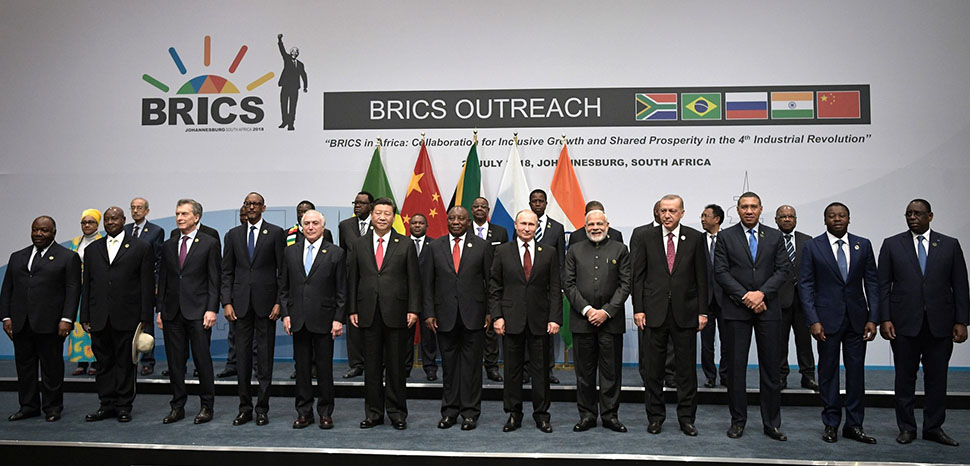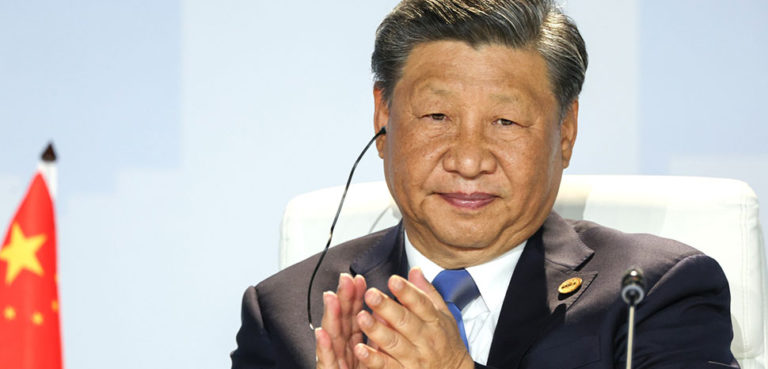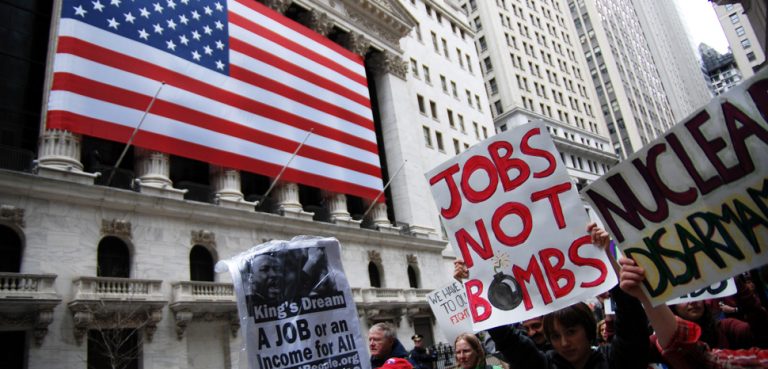Much jubilation was made following the admission of six new member states into the BRICS bloc. While it is understandable to assume that more members means a more powerful stance against Western imperialism/dominance and a closer step towards the oft-spoken “multipolarity,” what divisions and vulnerabilities existed prior to this expansion have arguably increased and common ground shrunken. Moreover, one cannot help but question the – to put it bluntly – utility of the new members given each state’s vulnerabilities and relationships to the Western order.
The Myth of Multipolarity
On the notion of BRICS heralding a multipolar order, one must first determine how many poles there seem to be forming and for this one need only examine trade patterns. A multipolar order means that, instead of one unipolar hegemony, the US, exerting power and influence, Brazil would become the hegemon of South America, China of East Asia, and South Africa of (at least) Sub-Saharan Africa, and so on. According to world-systems analysis, a feature of hegemony has been the achievement of a trade surplus with peripheries, resulting from the unequal trade of raw materials and finished products, and resulting in a net flow of revenue to the hegemon/core. Applying this to BRICS reveals that South Africa has been usurped by China (and the US) in its own turf of Sub-Saharan Africa (SSA).

Source: Compiled by Author from World Bank Integrated Trade Solutions (WITS)
As shown, China’s trade surplus with SSA exceeded that of South Africa’s and, despite fluctuations, has reached a record high in 2020 while Pretoria’s diminished slightly since 2011. Interestingly, New Delhi and Washington have also achieved record surpluses rivalling Pretoria in 2020. Indeed, South Africa remains an important regional player, but China’s rise coupled with the former’s domestic ailments render it unable to manifest multipolarity as defined above, especially after Washington’s economic reemergence.
In South Asia, meanwhile, Pakistan remains the most influenced country by China for the second year in a row, and also endures a steep trade deficit with Beijing, meaning New Delhi has also failed in ripping unipolarity from Washington and has resumed arms imports from it.
Beyond the economic, as Central Asian states continue to forge closer ties to China, the Russian language continues its decline there, meaning that Moscow is also being pushed out by Beijing. Multipolarity, then, is rendered an enthusiastic label for what experts see as a US-Chinese bipolarity; a less thrilling prospect for India in particular.
Divisions Magnified
Although overlooked, the shrinking overlap of the BRICS since its expansion is also worth noting. Socially, the BRICS+6 is now more diverse in terms of civil rights afforded to citizens. Brazil and South Africa have same-sex marriage. China maintains that homosexuality is a mental illness and Russia criminalizes LGBT advocacy as a contagion spreading this illness. India is on the fence, having decriminalized it recently and is now considering same-sex marriage. Five of the six new entrants criminalize homosexuality except Argentina, which also has same-sex marriage. Indeed, the stubbornness exhibited by Riyadh and Tehran on women’s rights, let alone LGBT rights, will be even more durable in the absence of liberal Western powers within the bloc, shutting down any related discussions Brasilia, Pretoria, and Buenos Aires might have wanted to bring up.
Thus, whatever common social fabric or deep and cohesive geoculture the BRICS+6 may have wanted to instill in their citizens is now six country-miles farther out of reach. It would, admittedly, be intriguing to see how LGBT representatives would be portrayed during BRICS+6 functions in other member states.
In terms of governance, Brazil, India, Argentina, and South Africa are democracies whereas Russia, Saudi Arabia, the UAE, and Iran are not. Geopolitically, the BRICS have two fresh pairs of rivals in Saudi Arabia-Iran and Egypt-Ethiopia. The former’s enmity may have been tempered after China’s diplomatic efforts to normalize relations. However, the stalemate in Lebanon towards electing a new president, a litmus test for the regional powers’ harmony, in addition to disputes over the Ad-Durra gas field arguably demonstrate the defects of this accord in a homage to the older days of Made in China. Meanwhile, Cairo and Addis Ababa continue to squabble over the latter’s Renaissance Dam.
Most importantly, China’s newly released map buried whatever hopes (Putin had) of a swift Beijing-New Delhi détente. In it, China claims parts of India and Russia as its own in a move exemplifying Beijing’s uncompromising attitude towards its regional interests and BRICS-mates.
Enduring Ties to the Western Order
More concerning for BRICS members hoping for greater autonomy are the ties of current and new members to G7 powers. Egypt receives the second largest military aid package from the US. Ethiopia, which hosts some 650,000 refugees, has received the most foreign aid from the US and the UK. Saudi Arabia and the UAE both have dollar pegs, Riyadh and New Delhi lean on Washington for security while Abu Dhabi was barred from trying to procure this from Beijing. The front-runner in Argentina’s presidential election has also called for dollarization.
These may prove durable puppet strings within the BRICS+6 as more dependent states become an extension of Western control rather than allies in the fight for independence.
The Specter of Corruption
We come now to the crux of the alliance: economic cooperation. While it is certainly unfair for states to suffer due to a shortage of US currency, a push towards the use of local currencies carries many risks. Indeed, had BRICS admitted Argentina a few years earlier, any Argentinian pesos exchanged with another member would have lost a significant chunk of value due to its crash. This brings us to the issue of corruption. Indeed, the war in Ukraine has exposed a corruption within Moscow rendering its Ministry of Defense farcical in the face of a Western-armed Ukraine. While the West does have episodes of corruption – most glaringly being the nepotism under Trump – these have not had a crippling economic impact. Corruption among the developing BRICS countries, meanwhile, poses a greater risk to their still-developing economies and the feasibility of trade in local currencies.
State-level corruption is the result of a politician choosing their own (group’s) interests over their people’s, and the decisions made as a result of this may eventually impact the currency of their state, as exemplified by Lebanon’s own crash. Although China takes active steps to combat corruption, the likelihood of corruption tempting BRICS+6 members at the expense of their local currencies remains prevalent, especially following the lack of conditionalities on the New Development Bank’s lending mechanisms. This is a blind faith in the competence and patriotism of each member’s statesmen that is at once noble and naïve.
Although the BRICS may hope for a more equal world-order, they may be getting ready to find out that the standard they rebel against may not actually have been the worst structure for governing the world’s resources.
The views expressed in this article belong to the authors alone and do not necessarily reflect those of Geopoliticalmonitor.com.




